Last updated on 2025-10-17
This is a review and photo examples using the LEICA R SUMMILUX 35mm F1.4 with film and digital cameras.
- Please see the disclaimer regarding advertising here.
- Italicized links in the text are advertisement links that take you to other sites.
Table of contents
Gallery
The following cameras were used to take the sample photos:
- LEICA R8 + KODAK ProImage 100 (film camera + negative film)
- EOS-1D Mark-IV (digital SLR camera)
- EOS-7D (digital SLR camera)
- LEICA M-P Safari (mirrorless digital camera)
- LEICA SL typ601 (mirrorless digital camera)
- SONY α7Sii (mirrorless digital camera)
- FUJIFILM X-Pro1 + Metabones Speed Booster (mirrorless digital camera)
- HASSELBLAD X2D-100C (medium-format mirrorless digital camera)
Review
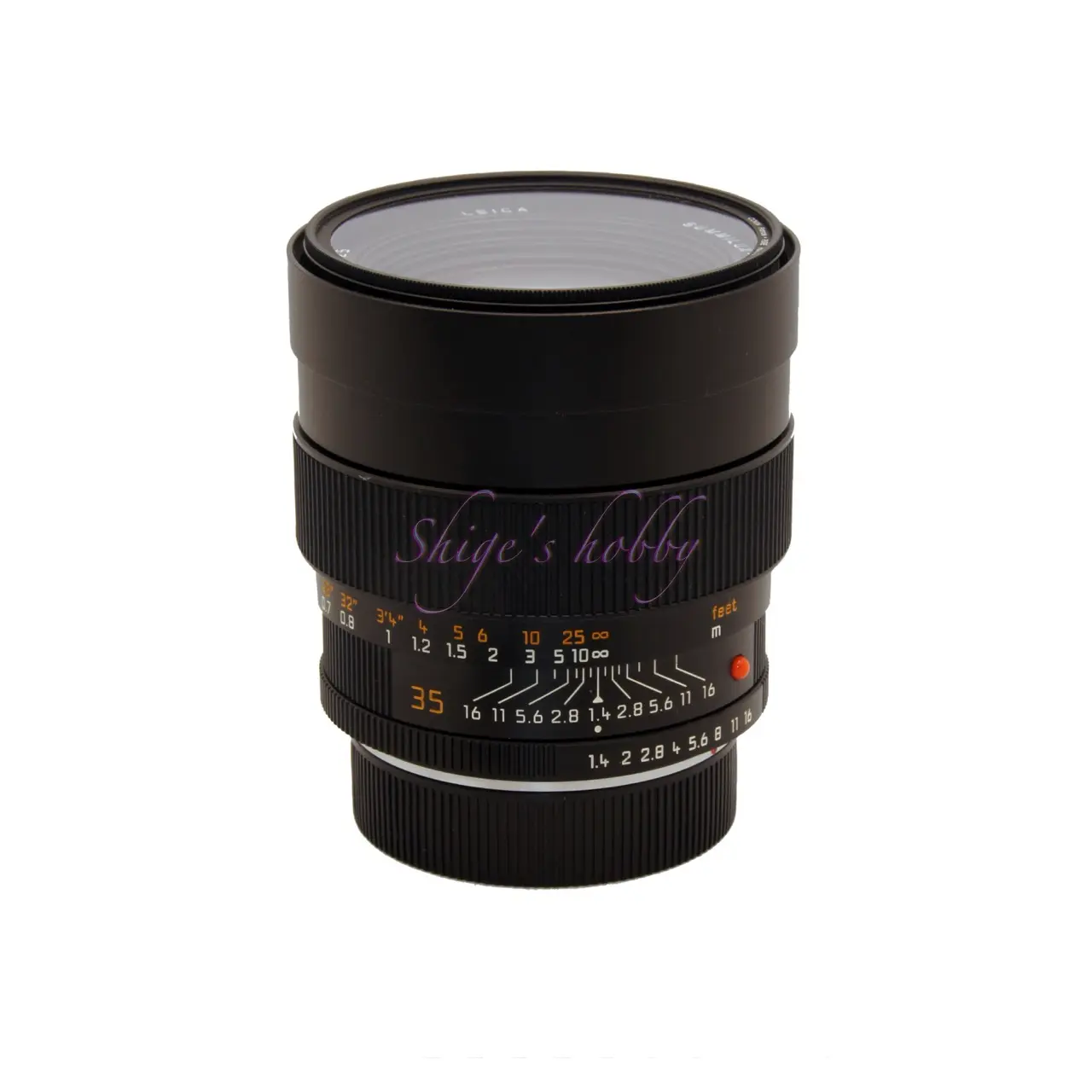
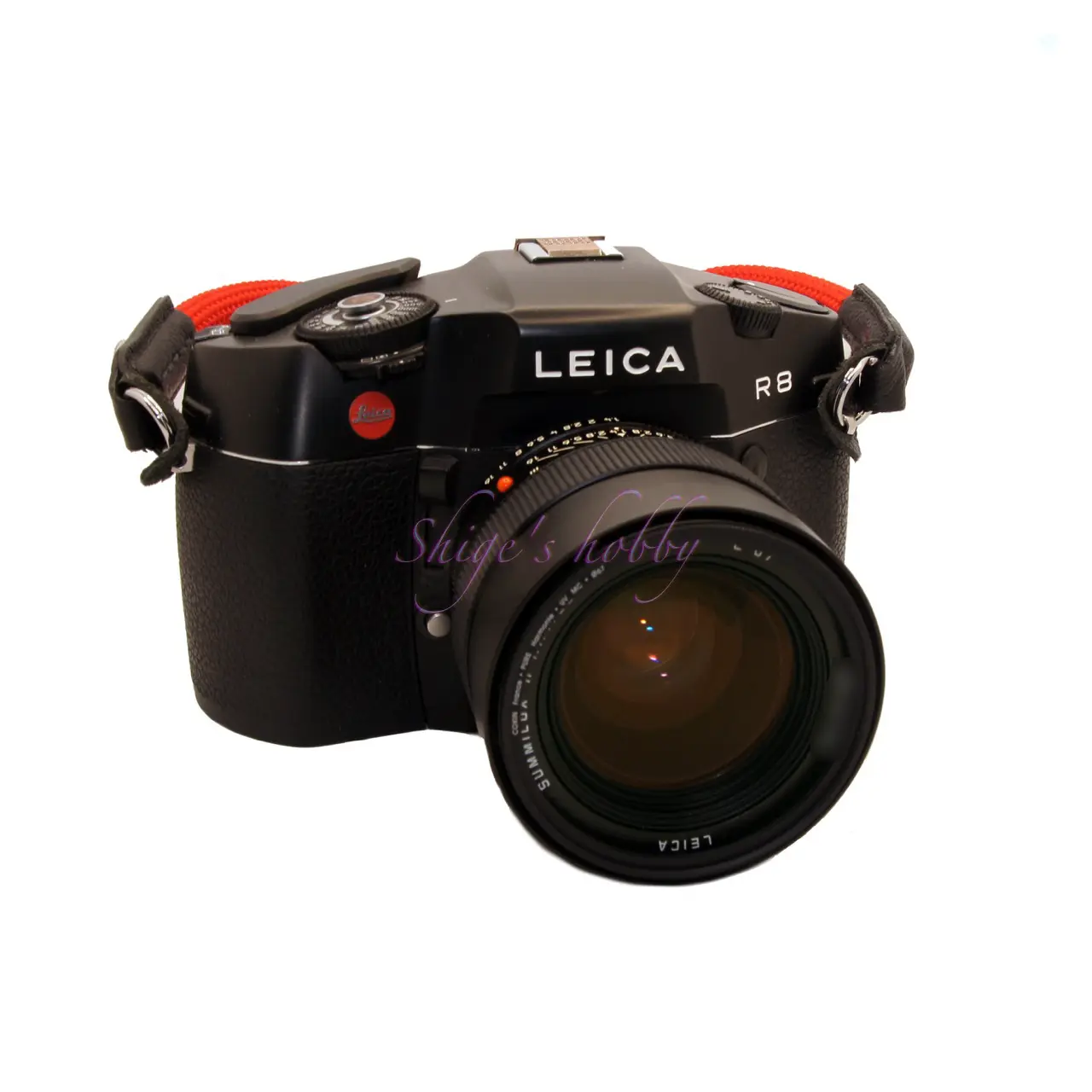
1.Overview
The Summilux R 35mm is a 35mm focal length Leica R mount lens released in 1983 at the end of the R mount.
About 6,500 were manufactured in the 20 years up until 2003, when records remain.
The main specifications are as follows, and detailed specifications are listed in the table.
- Maximum aperture: 1.4
- Lens construction: 10 elements in 9 groups
- Aperture blades: 10
- Minimum focusing distance: 0.5m
- Filter diameter: 67mm (E67)
- Hood: Built-in
The old Summicron R 35mm, which has the same focal length, was manufactured in 1970, and the new one in 1976, so both are lenses from the 1970s, and the Summilux released in 1983 can be said to have been a long-awaited lens.
The Leica M-mount Summilux was released in 1967 as a spherical Summilux, followed by the rare hand-polished aspherical Summilux in 1988. This spherical R-mount Summilux was released in between, making it an interesting lens when considering the history of the 35mm Summilux.
2.Usability
The LEICA SUMMILUX R 35mm F1.4 delivers a good balance of sharpness and softness, making it suitable for both digital and film cameras. Its unique color reproduction and tones are evident in both film and digital cameras.
It’s resistant to backlight, even in sunlight, and its long back focus and large aperture mean there’s almost no vignetting. However, with a 35mm full-frame sensor, you may notice some artifacts around the edges of the image.
The LEICA SUMMILUX R 35mm F1.4 is easy to use with large film camera bodies like the Leica R9 and R8, and it pairs well with the large LEICA SL typ601 digital camera body. I also tried it with the α7 series, and the body felt rather delicate compared to the lens.
The cameras I used, the ROM-equipped and the 3CAM, are different, but from looking at the data I have on hand, the feel of the images is the same and I don’t see any significant difference between the two.
Mount Adapter
■ LEICA R8 Film Camera
The results of shooting with the LEICA SUMMILUX R 80mm lens on the LEICA R8 film camera appear subdued because the negative film used was scanned in KODAK ProImage 100 and color-corrected, but the three-dimensionality of the subject is clearly visible.
When shooting at maximum aperture, changing the LEICA R8’s focusing screen to a 14343 Universal Split Wedge Micro Prism with a split wedge and micro prism in the center makes it easier to determine the focus peak in the center. The drawback of this screen is that focus adjustments are limited to the center of the viewfinder. At maximum aperture of f/1.4, shifting the camera position to recompose after determining the focus position can result in a slightly blurred focus.
Focusing is also possible with a 14387/14395 (DMR) Ground-Glass Screen with Grid, which is convenient for composing shots.
■Digital SLR Camera CANON EOS 1Ds MK-III
The protruding rear lens element of the CANON EOS1Ds Mk III appears to interfere with the sensor inside the mirror box, causing the camera to display “Err **” and prevent shooting.
The LEICA SUMMILUX R 35mm f/1.4 lens on the EOS-1Ds series cannot be used because the protruding rear lens element interferes with the mirror.
■Digital SLR Camera CANON EOS 1D MK-IV
The CANON EOS1D Mk IV has a very unfortunate lens. At infinity, there’s no problem releasing the shutter, but when the mirror returns, it seems to get caught on the foreign object interference sensor and doesn’t return fully. Therefore, if you extend the lens to about 1.5m after shooting at infinity, the mirror will return and you can still shoot. Therefore, shooting at closer distances than 1.5m from the start is problem-free.
The shooting range is limited to close-ups, so it’s hard to say it’s practical.
■Digital SLR Camera CANON EOS 7D
The CANON EOS 7D’s small mirror allows for the use of lenses without any issues. Canon’s APS-H sensor has a 1.6x 35mm conversion factor, allowing for lenses with a focal length equivalent to 56mm. This means using it as a large-aperture standard lens rather than a wide-angle lens.
Since only the center of the lens is used, the entire image has excellent resolution and three-dimensionality.
■Mirrorless Digital Camera LEICA SL typ601
I used the Leica R-Adapter L (16076), a genuine Leica mount adapter, with the LEICA SL typ601.
The Leica R-Adapter L (16076) allows lenses with a ROM terminal to transfer lens information to the camera.
I sold my 3-camera lens and purchased one with a ROM terminal. The LEICA T series and LEICA CL also allow for this information to be transferred, and it is recorded in the EXIF of the captured image. It’s easier to organize your photos compared to using older lenses.
This mount adapter cannot transfer lens information from ROM-equipped lenses to L-mount cameras other than LEICA L-mount cameras.
■Mirrorless Digital Camera LEICA M-P typ240
The LEICA M-P typ240 is a rangefinder camera, so you cannot check the focus position in the viewfinder unless you use an M-mount lens that is linked to the rangefinder. Even if you attach an R-mount lens to the camera via the genuine Leica R adapter for M (14642), it will not be linked to the camera’s rangefinder.
As a result, you must attach an external electronic viewfinder (EVF-2) to check the focus position.
The LEICA M-P typ240 with the EVF-2 attached operates in the same way as a mirrorless camera, but compared to when using an M-mount lens, the camera’s processing speed slows down due to the EVF processing, resulting in significantly slower shutter response.
Additionally, using the R adapter for M (14642) mount adapter, you can select registered R-mount lenses from the menu and record them in Exif. Lenses not registered in the menu cannot be added, so you must select a lens that matches the camera’s specifications. R-mount lenses with ROM connectors cannot transfer lens information to the camera like the Leica R-Adapter L (16076).
Looking at the results, the lens offers more than enough resolution for the 24-megapixel L-P typ240. Some distortion may be observed at 100% magnification.
■SONY α7Sii mirrorless digital camera
The SONY α7Sii has a 12-megapixel 35mm full-frame sensor, which, among the cameras used here, is roughly the same pixel count as the LEICA Digital Module R.
The lens delivers more than enough resolution for a 10-megapixel sensor, making it safe to use.
Also, like other mirrorless cameras, the electronic viewfinder’s magnified display makes focusing at wide apertures a breeze.
■FUJIFILM X-Pro1 Mirrorless Digital Camera + Metabones Speed Booster x0.7
When attached to the Fujifilm X-PRO1 digital camera via a Metabones Speed Booster, the actual focal length during shooting is equivalent to 35mm * 1.5 * 0.7 = 37mm, nearly the focal length of the original lens.
The Speed Booster has a magnifying lens attached to the mount adapter to reduce the actual focal length. If this lens interferes with the rear element of an R-mount lens, it cannot be attached. Of the lenses we tested, the new Summicron R35mm was not compatible.
Mount adapters with focal reducers use a built-in lens to increase the focal length, so they cannot fully reproduce the lens’s original image quality. While this lens produces fine image quality in the center, distortion at the edges can be amplified. Therefore, depending on the subject, it may be better to use a plain mount adapter without a focal reducer. In this case, the actual focal length during shooting is equivalent to 35mm * 1.5 = 53mm.
■ HASSELBLAD X2D-100C Mirrorless Camera with Medium-Format Digital Sensor
When used with the HASSELBLAD X1DII and X2D, there was a fair amount of vignetting in the four corners. Since the lens originally covers widths up to 36mm, excluding the vignetting from the image, the usable limit of the 44 x 33mm digital medium-format sensor at a Leica 3:2 ratio is approximately 41.2 x 27.5mm. At Hasselblad’s traditional 1:1 ratio, it fully covers 33 x 33mm.
This result shows that while the lens’s image circle has some margin for 35mm film, it is insufficient for use with medium-format digital sensors.
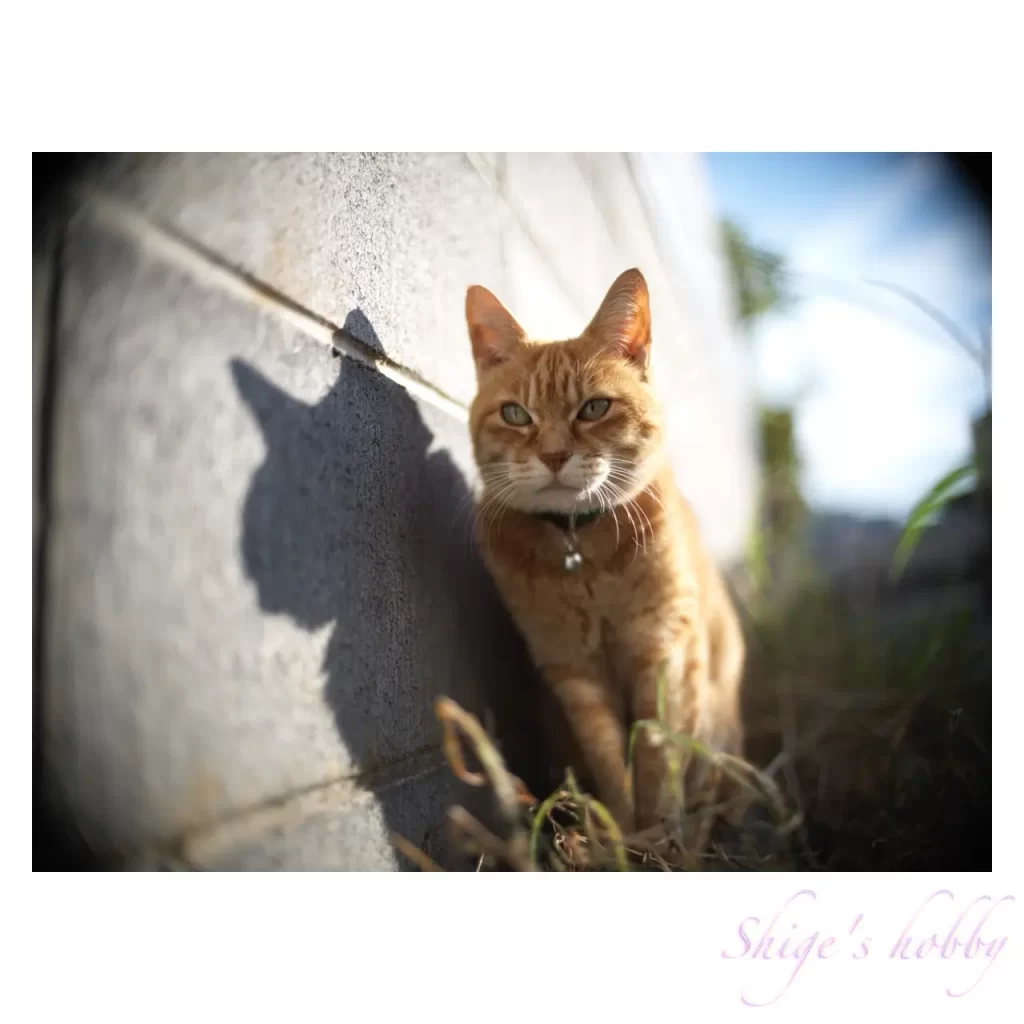
3.Summary
In conclusion, to sum up the LEICA SUMMILUX R 35mm F1.4, it is a large-aperture wide-angle lens for SLR cameras, and although it is heavy, it produces images that are commensurate with its weight. Despite being manufactured for a long period of 20 years, the number produced is small, so the price is high and it is rarely seen on the used market.
Specifications, considerations, etc.
The three Summilux brothers
The R-mount F1.4 lenses are available in three sizes: 35mm, 50mm, and 80mm, for a total of four different lens types.
The old 50mm model was released in 1970, and was available with or without a hood. By the time production ended in 1995, about 35,000 lenses had been produced, making it the most popular Summilux on the used market.
A decade later, in 1980, the medium telephoto, large aperture Summilux 80mm was released. By the time production ended in 2009, about 13,000 had been produced, making it a lens that is relatively easy to find on the used market.
Three years later, in 1983, the Summilux 35mm was released. It is a large lens, almost the same size as the medium telephoto Summilux R 80mm. It is recorded that about 6,500 units were produced by the time production ended in 2009.
The new Summilux 50mm lens released in 1997 was larger than the old Summilux 50mm, but had a smaller lens barrel than the other two lenses, making it the youngest lens in terms of the year of its release. There are records of 2700 units being made.
Bright focal length 35mm
The 35mm F1.4 specification is a popular lens specification released by both major camera manufacturers and third-party lens manufacturers. In the modern 2020s, 35mm F1.4 lenses have become larger due to the demand for high performance.
Personally, I would like the lens size to be kept at the same level as the Summilux 35mm F1.4.
Large-aperture 35mm lenses are lenses that show the individuality of each company, and it is fun just to compare the lens configuration diagrams released by manufacturers.
I would like to compare the Summilux 35mm F1.4 with the DISTAGON T* 35mm F1.4 released in 1975.
The Summilux has a luxurious lens arrangement in the front group, while the Contax has a simple one. Although the rear group has a slight difference in arrangement, they use four lenses and have a similar format.
The lens specifications are the same, so the size is almost the same, and although the two lenses were released about eight years apart, they are appropriate for comparison because, unlike today, lenses were released at a slower pace in those days.
Looking at the MTF, at full aperture, the Summilux has peaks in the center and periphery, covering areas that are easy for the eye to reach and drawing lines that make the whole look flat. It seems to be suitable for long-distance compositions such as landscapes. Since the minimum shooting distance is 50cm, there are many long-distance structures, so this characteristic seems appropriate.
In contrast, the Contax has a gentle drop from the center to the outside, so it is suitable for making the subject in the center stand out, and since the minimum shooting distance is 30cm, it seems like it will produce impressive depictions when the subject is close up.
I can feel the difference in character between the Leica and Zeiss.
- The lens construction diagrams are taken from each company’s PDF, and the sizes have been adjusted based on the external dimensions, so they are not exact.
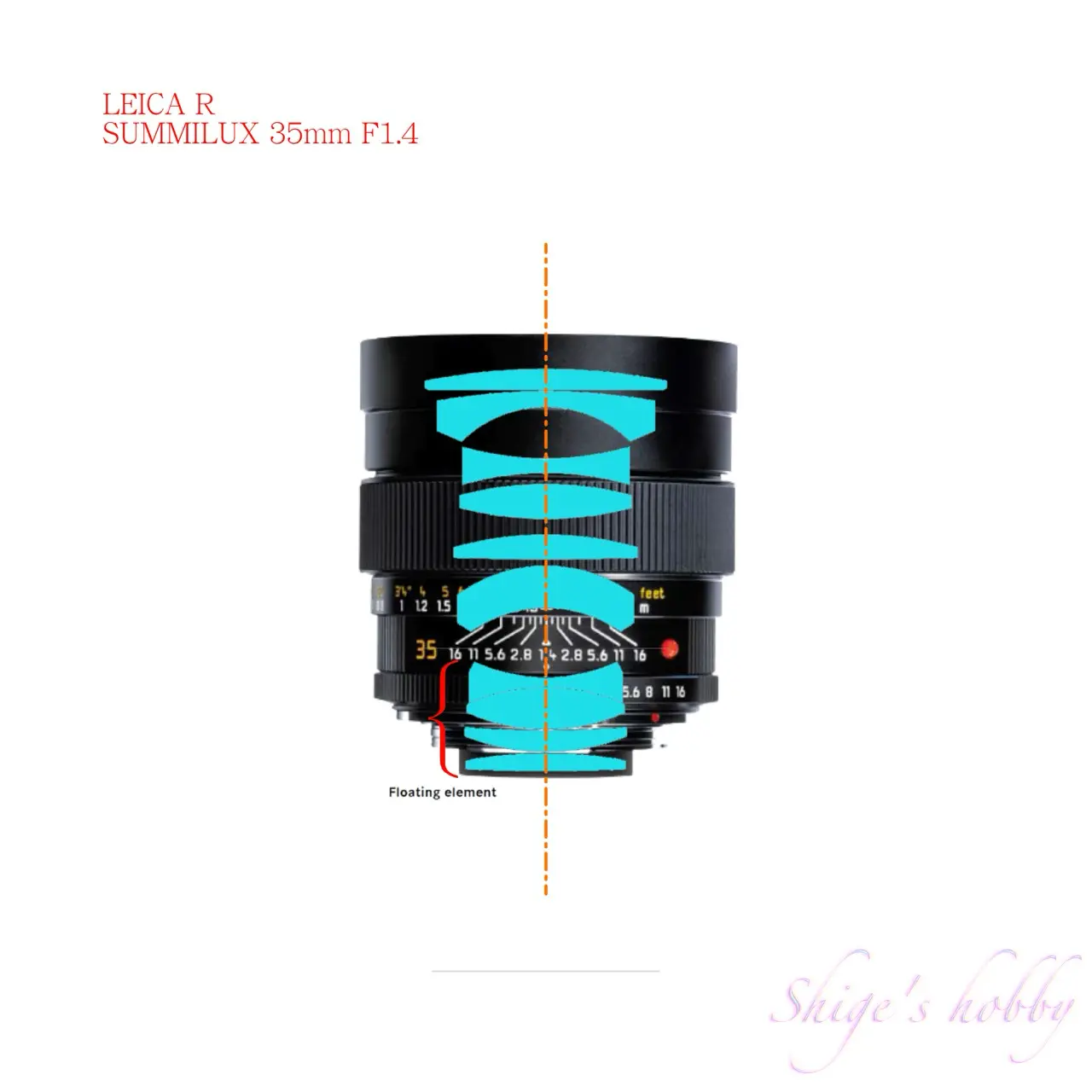
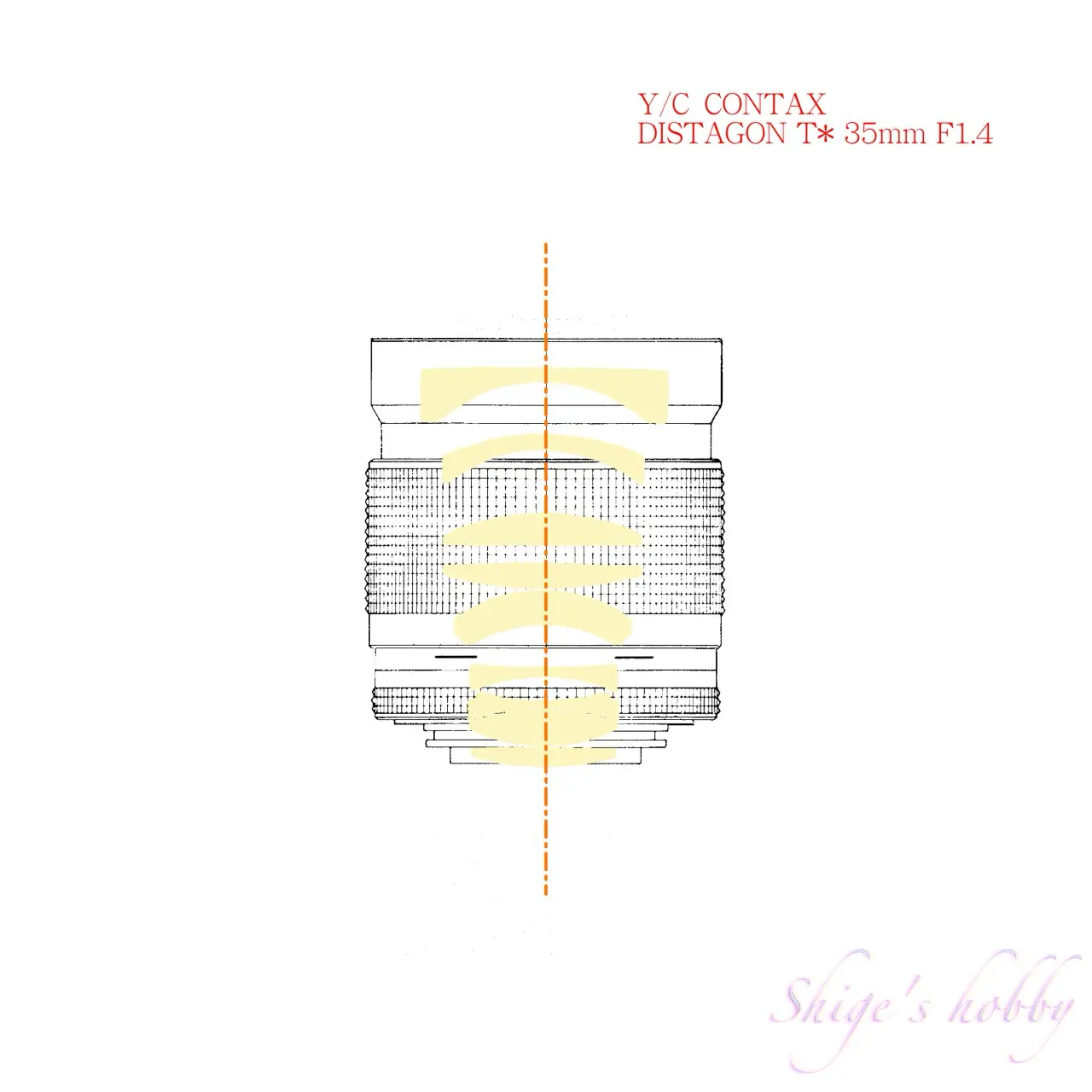
| Item | Value | note |
| focal length(mm) | 35 | |
| Maximum aperture | 1.4 | |
| Minimum aperture | 16 | |
| Lens configuration | 10-elements 9-groups | |
| Leaf blade | 10 | |
| Minimum distance(m) | 0.5 | |
| Lens length(mm) | 75 | Distance from mount frange |
| Lens max diameter(mm) | 76 | |
| Filter diameter(mm) | 67 | |
| Weight(g) | 685 | |
| Release date | 1983 *1 | |
| Production numbers | 6,492 *1 |
Reference links
- Leica Wiki 「SUMMILUX-R 1.4/35-ROM」
- Canon Leica-R Compatibility Database
- LEICA R SUMMILUX 80mm・Shige’s hobby
- LEICA R SUMMILUX 50mm E55・Shige’s hobby
- LEICA R SUMMILUX 50mm E60・Shige’s hobby
Affiliate links
- Leica Lens・Ads by Amazon
- Leica Books・Ads by Amazon
- Classic Camera Specialty・Ads by Amazon

Amazon Prime Sale
Update history
- 2025.10.5
- 2024.8.20
- 2024.02.13:Update article
- 2023.12.07:Photo example add
- 2022.12.11:First draft



Be First to Comment